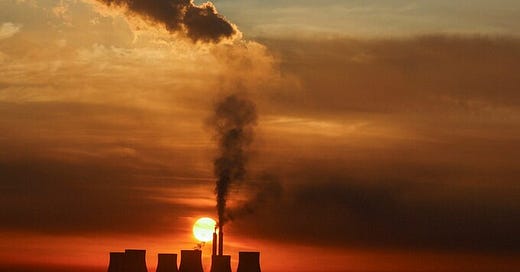[Note: This story is also published at The Telegraph]
As the United States continues to rapidly retire its dwindling fleet of coal-fired power plants in the name of fighting climate change, the world’s two most populous nations, China and India, continue efforts to dramatically expand their own coal usage. These two starkly divergent approaches inevitably lead to questions about which philosophy will prevail at the end of the day, and whether there is actually any “energy transition” happening at all.
The simple fact of the matter is that both the Xi Jinping government in China and India’s government, led by Prime Minister Narendra Modi, consistently choose to prioritise the maintenance of their national energy security above climate goals set at annual conferences like the upcoming COP 28 conference in the UAE. Like many other developing nations, India and China have been rational actors when it comes to fulfilling the energy needs of their societies, choosing factors like affordability and reliability over the Western norm of policymaker virtue signaling.
This is a stark contrast to the approach by the Biden administration in the US, which has been working overtime to kill the nation’s once-dominant coal industry in its feverish pursuit of often arbitrary and irrational climate goals. This rapid dismantling of US coal recently led one commissioner at the Federal Energy Regulatory Commission (FERC), Mark Christie, to question, “Are the lights going to stay on?”
Keep reading with a 7-day free trial
Subscribe to Energy Transition Absurdities to keep reading this post and get 7 days of free access to the full post archives.




